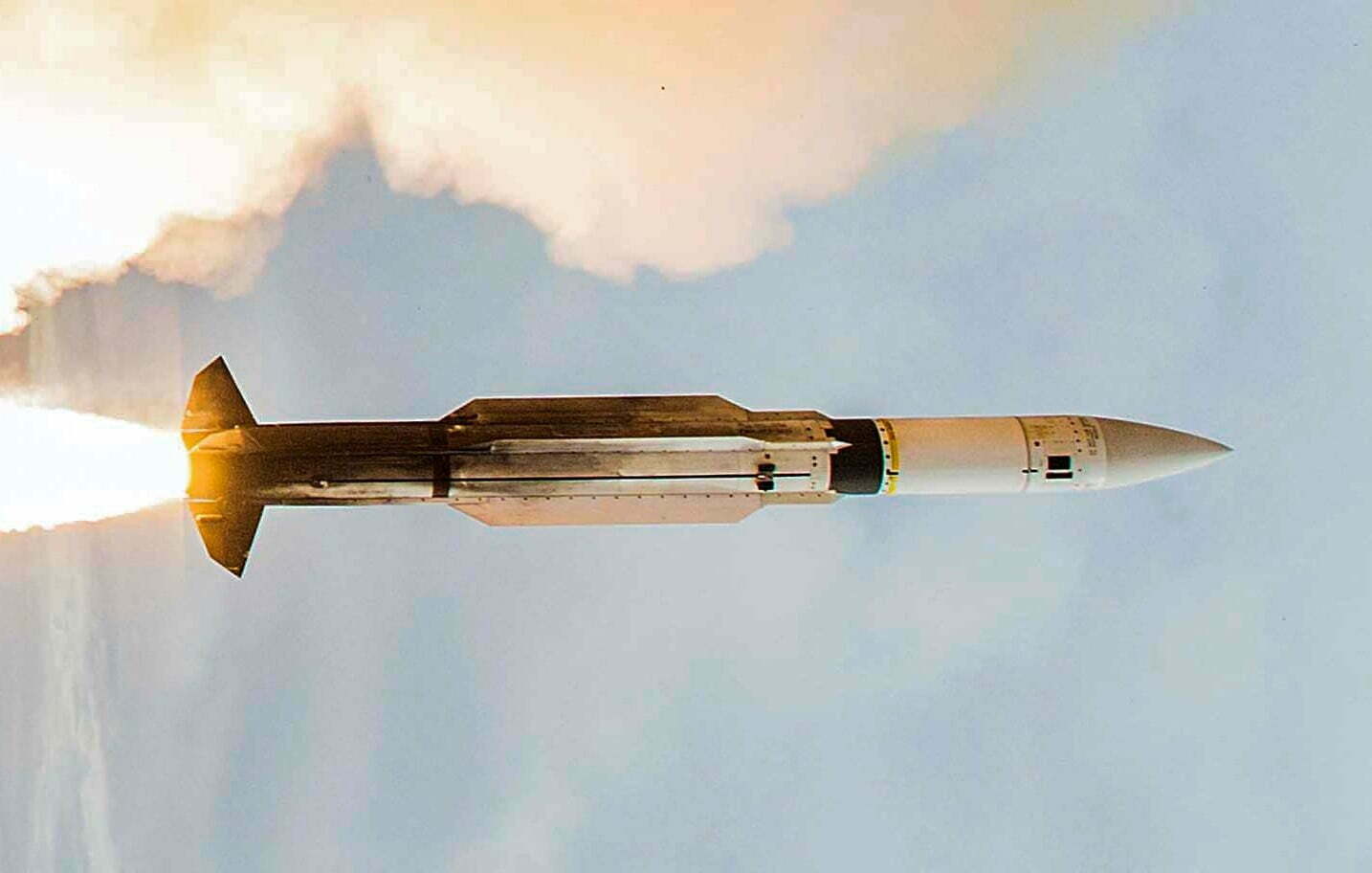Chinese aerospace engineers have used science developed by an American hypersonic scientist and a National Aeronautics Space Administration (NASA) project to address an issue with a proposed hypersonic-speed launch vehicle meant to intercept hypersonic missiles. This Reusable Hypersonic Interceptor claims that it can shoot & come Back. Is it a paper plane or a deadly air-borne system? The threat of another Chinese adventurism worries the US as the world moves towards the third Nuclear Age.
The system is an unmanned aircraft powered by an air-breathing engine that can fly at more than five times the speed of sound over a long distance and launches a “kinetic energy weapon” to take out the incoming hypersonic missile. The hypothetical concept is based on a paper by a team led by Yin Zhongjie from the Shanghai Institute of Mechanical and Electrical Engineering. It was published in the peer-reviewed journal Aerospace Technology on January 1, a report from the South China Morning Post (SCMP) said. The institute is also said to develop drones and electronics for the Chinese military.
Unsuitable Flight Control Algorithm
“By using early warning satellites and ground radar stations, the aircraft can predict the trajectory of an incoming hypersonic missile and then launch a small kinetic energy weapon to neutralize the threat in mid-flight. With the attack over, the aircraft can return and be prepared for its next mission,” SCMP said. But the design encountered a “sophisticated mathematical problem” in the advanced system design stage. The current algorithms for midcourse interception have been developed for conventional missiles powered by rocket motors and not for an air-breathing hypersonic aircraft. Using those equations could cause it to lose control or even crash.
Another mathematical problem is to develop an algorithm that can accurately predict the course of a hypersonic threat, which travels extremely fast and makes complex manoeuvres. Such a code requires highly complex calculations beyond the capability of the onboard computer.
Used Mathematical Solution By US Hypersonic Scientist & NASA
The team, therefore, developed a new algorithm using a mathematical solution developed by a then-student at Massachusetts Institute of Technology (MIT), David Benson. SCMP adds that Benson, as per his LinkedIn profile, is now one of the leading scientists at Charles Stark Draper Laboratory. Hypersonic technology is one of the institute’s top areas of research.
The team employed Benson’s 2004 PhD thesis that proposed a mathematical solution known as the Gauss Pseudospectral Transcription that could significantly simplify the complex flight control systems for launch vehicles.
Yin’s team also used an algorithm developed by the National Aeronautics and Space Administration (NASA) for its X-33 hypersonic aircraft. Though it was near completion, the X-33 project never took flight and was cancelled in 2001 owing to technical difficulties.
Computer simulations now showed that the new algorithm had significantly simplified the calculation process for flight computers. Although the new algorithm charted a longer flight path, it still managed to steer the aircraft to within 6.8 kilometres from the target, well within the kill zone of a kinetic weapon that could be deployed by the aircraft.
Impressive But Only Theoretical – Experts
A former Indian Air Force (IAF) fighter pilot who is also an aeronautical engineering graduate and is presently involved in software admitted the research appeared significant and groundbreaking but pointed to the lack of an actual working model of the platform.
“It is purely theoretical and computer-simulated, with not even a technology demonstrator that can validate some of the concepts. It does not mention the cost either, since hypersonic missiles are expensive and China already has offensive hypersonic platforms, possibly having spent a fortune on developing them. It is hard to believe they would also spend massive sums on developing a hypersonic-based interception platform. It makes very little cost-to-benefit sense,” the pilot told EurAsian Times.
The pilot’s view stems from a belief among a section of strategists that hypersonic missiles are, in some ways emerging as the new nuclear weapons, serving more deterrent purposes than actual use. However, the current war in Ukraine has proved otherwise. Russia claimed to have used its air-launched Kinzhal hypersonic missile thrice on Ukrainian targets, its defence minister Sergei Shoigu stated on August 21 last year. The claim appears true since Western military observers and scientists would have instantly denied it.
There are no details on the ‘kinetic energy weapon’ that the reusable hypersonic launch vehicle is meant to fire on the incoming hypersonic missile. “Regular air-to-air or air-to-ground missile development requires ‘shock’ and ‘release’ tests from the launching pylons on an aircraft. Imagine how many tests will be performed on the hypersonic missile to release another weapon. It will take painstakingly long to develop,” the ex-IAF pilot further added.
A Defense Research Development Organization Scientist (DRDO) scientist who had been involved with its Electronics and Radar Development Establishment (LRDE) thinks the new algorithm might serve as a spin-off for a new generation of flight control computers, sensors, and guidance systems.
“Mathematics, software, electronics, electrical and avionics engineering are directly linked. Any development in any field will affect the other. It depends on whether the Chinese scientists and its military decide to take the research in that direction,” the scientist said.
The report, therefore, is celebrating what appears to be a largely theoretical achievement, possibly meant as a more extensive public relations campaign to boost the country’s image as a rising technological powerhouse.
China Specializing In Hypersonic Missile Communications?
China’s last credible technological breakthrough in hypersonic technology was in January 2022, when the Science and Technology in Space Physics Laboratory claimed to have found a way to maintain consistent communication with a hypersonic missile.
Artificial objects experience communications blackouts when the extremely high temperature on the surface, generated owing to the friction with the earth’s atmosphere during re-entry, generates ‘plasma shields.’ Ionized gas forms on the surface of a hypersonic weapon and blocks signals. Since ground-based radar cannot identify and lock on to a hypersonic target behind a plasma shelter, the problem is called the “black barrier.” Tianjin University’s School of Precision Instruments and Optoelectronics Engineering invented a laser system that can emit a continuous beam of electromagnetic waves in the terahertz spectrum, which is needed for 6G next-communication technology. This was preceded by the breakthrough in 6G technology in January 2022, where researchers achieved a record transmission speed of 206.25 gigabits per second.
A separate research on communications blockage with hypersonic missiles proposed a large high-frequency communications network made up of on-ground stations orbiting satellites and ships. Nevertheless, all four developments bear a consistent scientific push in general and towards hypersonic communications in particular. Although fraught with drawbacks, these individual scientific achievements often amount to massive technological progress.
Title image courtesy: Defence View
Disclaimer: The views and opinions expressed by the author do not necessarily reflect the views of the Government of India and Defence Research and Studies
Article Courtesy: The Eurasian Times






